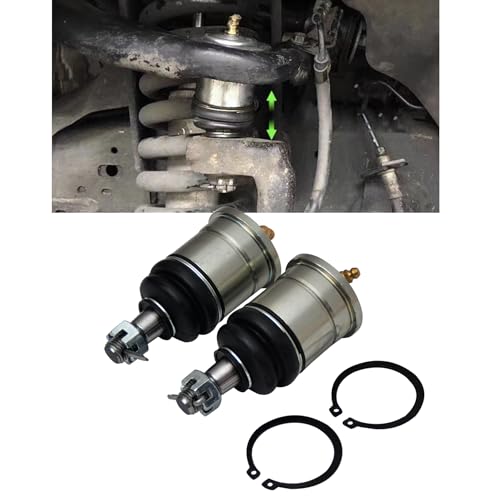Just some info for anyone planning to block their EGR on their V9X (550) motor.
I blocked mine about 5-6 months ago after talking with a specialist Diesel mechanic.
I mainly did it to reduce the soot going back through the engine and pickup some better economy and power.
To be honest I did not see any real improvement (maybe 0.5 LPHK) in economy and power delivery was a little better off the mark (however I do a fair bit of towing (Van 2.5T).
The Mod itself is pretty easy: Just made up a blacking plate from the gasket on the existing EGR pipe (which is under plastic engine cover, running from front to back of engine right in the middle, a steel pipe about 25mm round and has ribes almost all the way along it) out of 2mm alloy.
The first version of this plate had no hole, and I found after using car every day (without engine fault light on) for a week then received an engine fault light, it stayed on for about 3 days then went off for about 1 week before reappearing for another 2-3 days then off for another week then when came back on, stayed on permanently.
Note 1, I did no other mod to the car during this time, so was related to the EGR fault.
Note 2, when ever the engine light was up it did not allow me to SET the cruise control, it would come on but I could not set it to any speed (would flash when trying to set speed but the speed numbers would stay blank)
After about 2.5 months I decided to remove blanking plate and drill a 6mm hole in the centre of it, the engine fault light stayed up for the next 1-2 months. (so no change to performance or the fault light - it was still on and could not use cruse control.
I then read some where on the internet that the hole had to be at least 8mm in size, and of course made this mod (version 3) and would you believe within a few days of driving the Fault light went out, and has been fine for 1-2 months now.
Note, I never did any ECU resets in this time so let the car do all its own monitoring, and drove the car everyday with a mix of urban and country driving.
After removing the plate each time and drilling hole it was quite incredible how much soot had built up in that time. I am glad I am limiting this stuff going back through the intake.
Hope this helps others looking to do an EGR mod on their V9X.
I blocked mine about 5-6 months ago after talking with a specialist Diesel mechanic.
I mainly did it to reduce the soot going back through the engine and pickup some better economy and power.
To be honest I did not see any real improvement (maybe 0.5 LPHK) in economy and power delivery was a little better off the mark (however I do a fair bit of towing (Van 2.5T).
The Mod itself is pretty easy: Just made up a blacking plate from the gasket on the existing EGR pipe (which is under plastic engine cover, running from front to back of engine right in the middle, a steel pipe about 25mm round and has ribes almost all the way along it) out of 2mm alloy.
The first version of this plate had no hole, and I found after using car every day (without engine fault light on) for a week then received an engine fault light, it stayed on for about 3 days then went off for about 1 week before reappearing for another 2-3 days then off for another week then when came back on, stayed on permanently.
Note 1, I did no other mod to the car during this time, so was related to the EGR fault.
Note 2, when ever the engine light was up it did not allow me to SET the cruise control, it would come on but I could not set it to any speed (would flash when trying to set speed but the speed numbers would stay blank)
After about 2.5 months I decided to remove blanking plate and drill a 6mm hole in the centre of it, the engine fault light stayed up for the next 1-2 months. (so no change to performance or the fault light - it was still on and could not use cruse control.
I then read some where on the internet that the hole had to be at least 8mm in size, and of course made this mod (version 3) and would you believe within a few days of driving the Fault light went out, and has been fine for 1-2 months now.
Note, I never did any ECU resets in this time so let the car do all its own monitoring, and drove the car everyday with a mix of urban and country driving.
After removing the plate each time and drilling hole it was quite incredible how much soot had built up in that time. I am glad I am limiting this stuff going back through the intake.
Hope this helps others looking to do an EGR mod on their V9X.























